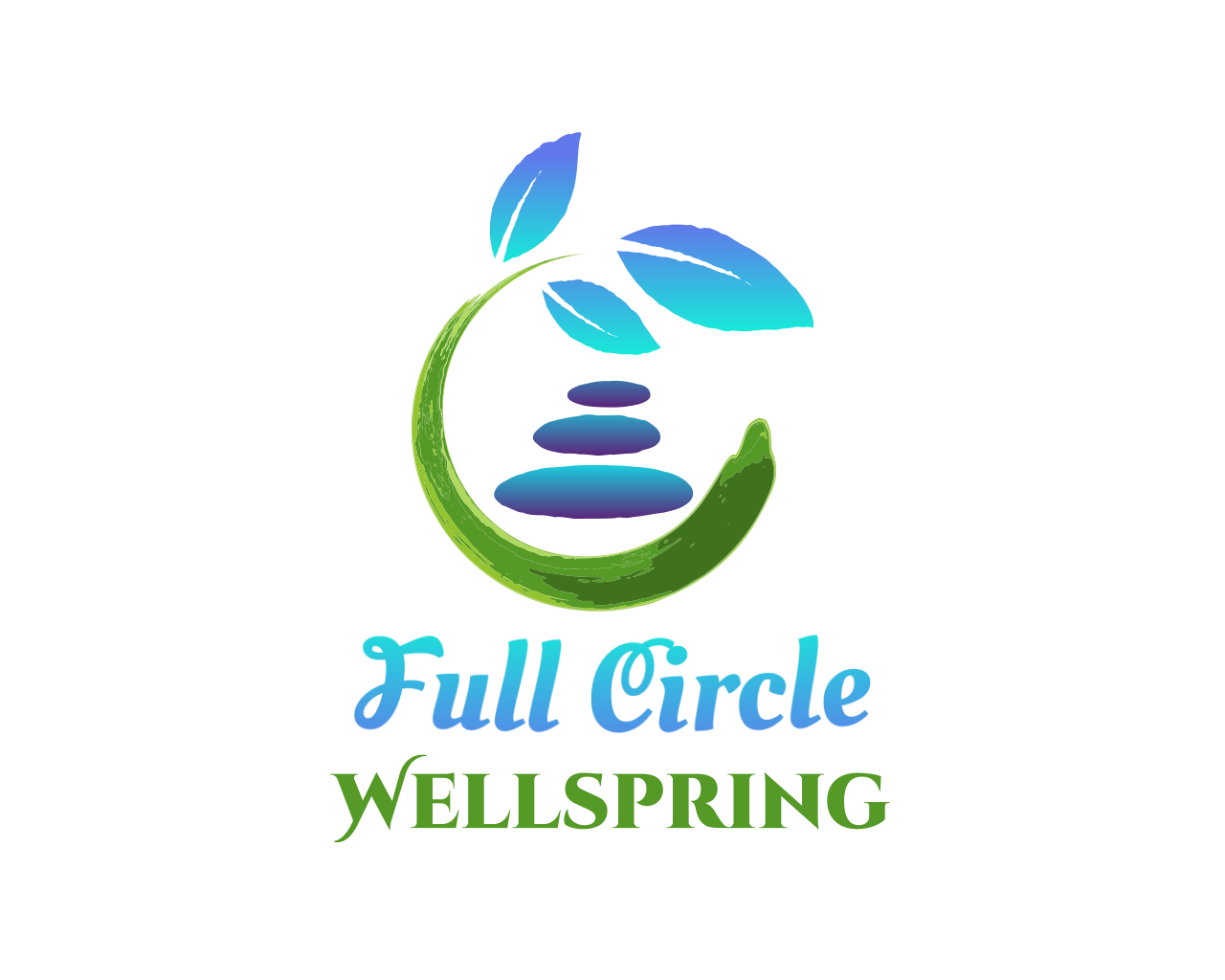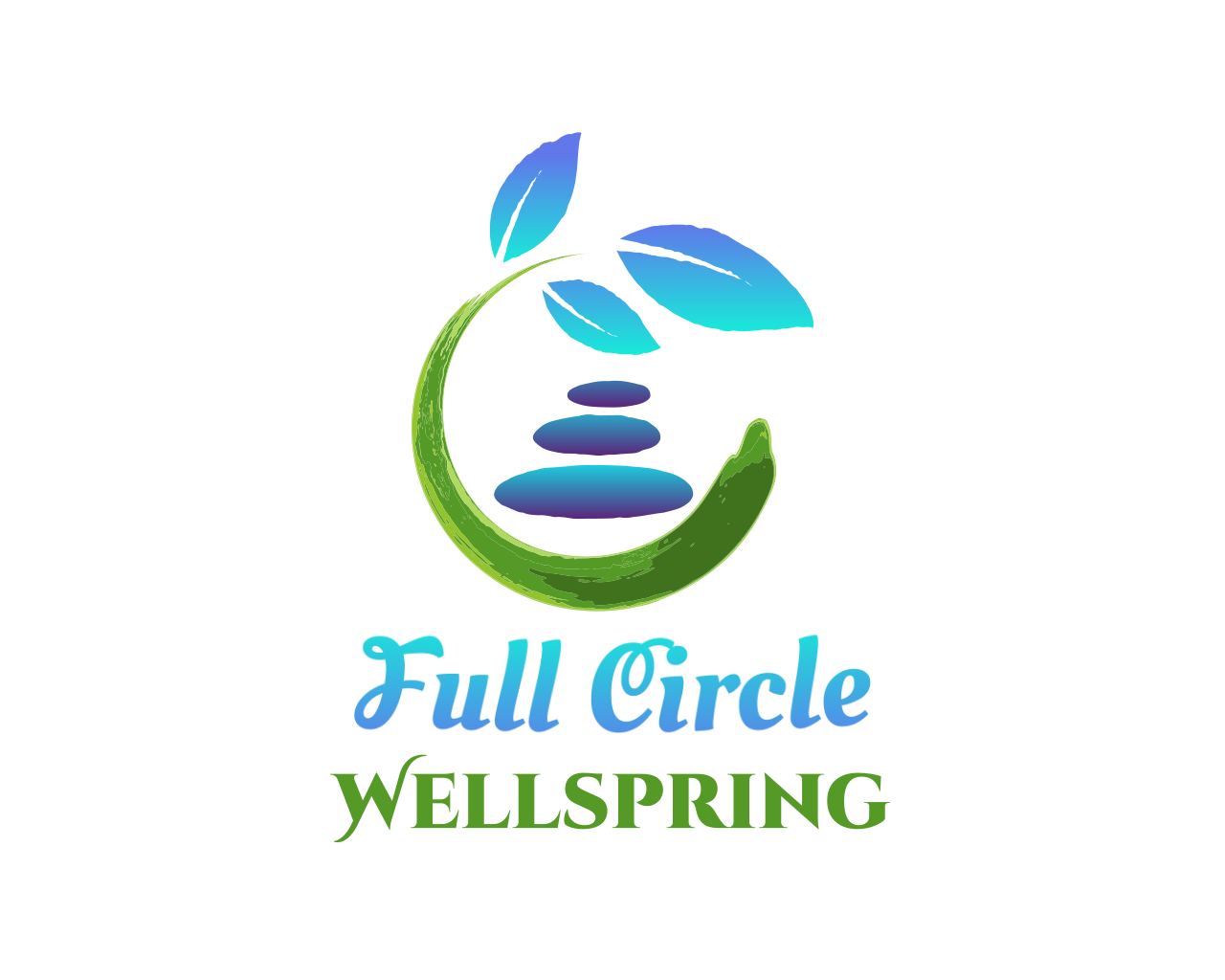Mindful Mondays (ARCHIVES):
I am not a meditation guide or teacher, but I am a practicer of meditation for many years. In my opinion, mindfulness is one of the most important steps to returning to our bodies and staying present in the moment - which is key to overcoming the aftereffects of trauma. This blog captured the essence of the meditation like a transcript written for reader form.
For more (NEW) content (or to listen to these archived episodes) - check out the Podcast or the YouTube channel! Follow/subscribe so you never miss content!
Mindful Mondays|Week 17: Quietness
Author Note: If you prefer to listen or watch instead of or along with -
Check out the YouTube video and/or the Podcast audio.
Sometimes allowing quietness can be triggering for trauma survivors. When it’s quiet, you can hear your heart and head much more loudly. That may not seem like a positive choice because what’s in your body or mind may scare you or worry you. In the solace without noise, you may be confronted with some problematic thoughts or painful emotions. While that’s really common, it’s also totally normal and okay. Staying for a moment with those, you can then find an anchor like a soft gaze on the floor to focus on or listening to the rhythm of your heartbeat. Your soul may muster back up more of those thoughts and emotions, but you can sit with them again for a brief period and then go back to your focal point. You can watch the difficulty rise up, recognize how it shows up in your body, be okay with it, and then choose silence again by directing your brain back to its anchor — such as the breath or the pattern of rain tinkering on the window. It’s inevitable that when you slow down, still yourself, settle in, and pause — that the quiet around will be a lot for your brain to manage at first. Your mind wants to think, plan, worry, figure things out. Your heart wants to express the grief, anxiety, sadness, or joy that it feels. That’s what they were built to do. Anything that comes up is okay. It’s information for you to make note of so you can explore with curiosity later, and then to gently guide your brain back to its anchor and ask it to focus again. In this quietness, you can find peace between the balance of internal movement from thoughts, feelings, sensations, tingles, vibrations to internal quiet of stillness, solace, calm. Let’s try this today.
Whatever location and body position you’ve found yourself in for today’s meditation is wonderful. Stay there and settle down by feeling the weight of your body on the ground below you. Nestle your spirit into the safety of your body, this space, and this time. Close your eyes and search around for the anchor that feels right for you. Maybe a vision in your mind, your breath, or a noise around you. Whatever you choose, just get quiet and then let that quietness come like a blanket over you.
***
When your thoughts and emotions rise up, let them rise. Don’t fight them or force them. Just watch them come in to try to make noise, get curious about them, recognize where you feel them in your body, and then just recenter your mind back on the quietness of your anchor.
***
If you are lost in sensation or worry, that’s okay. Be kind to your feelings and mental state, and gently draw yourself back into the solace. If you need, you can even give your soul a soft “shhhh” sound to lull it into the quiet rest. Ground into your anchor and be still.
***
Coming back to your body now; feel the space around you and your body in that space. Slowly open your eyes when you are ready.
Entering back into the noise of the world around you, remember that whenever you need a moment of quiet, you have that inside you anytime you wish to return.
Mindful Mondays|Week 6: Flood
*Author Note* If you prefer to listen or watch instead of or along with -
Check out the YouTube video and/or the Podcast audio.
Sometimes the nervous system gets flooded. When that happens, our bodies can go into overdrive or completely shut down. You can do this practice as an emergency meditation in times of overwhelm.
Feel free to sit, lay, or even stand - whatever feels best. Take a deep breath before we continue.
…
It’s important for us to establish safety within ourselves right off the bat.
Let’s take another deep breath – but this time, I want you to take a low and slow inhale so that your belly completely fills up with air. We want to stimulate our vagus nerve through our diaphragm. Then hold it for just a moment – one or two counts. Finally, purse your lips like you are drinking from a straw, and then, very slowly and controlled, blow out all the air in a steady long exhale. Let’s do that together now.
…
Now let’s bring our breathing back to normal with no controlling it at all. Just watch the breath for a few moments and allow the overwhelming flood inside of you to flow out and away from you – like a branch of a river opening up and sweeping away from it.
…
For all humans, overwhelm can happen at any time. The day is just too busy, you lose track of time and miss a meeting, your kids are really loud, too much stimuli in your space, a crowded place. Your mind simply can’t process all the information and lights and smells and must dos for too long, and your sandbags crumble and you get flooded with emotion. Crying, rage, screaming, going to bed, etc. This is the normal brain trying to process through day-to-day life. For trauma survivors, any one of life’s good or bad, calm or busy, fun or sad times can meet with one of your trauma triggers. Sometimes you don’t even know what triggered you. Everything may be fine, and the delivery person walks by. And you are flooded with grief. You didn’t even have time to realize that their cologne smells like a loved one you lost, but your brain picked up on it and immediately had a trauma trigger response. This can be the day in and day out for a trauma survivor, regularly bumping into to people, places, things, words, etc that remind their brain of their trauma – even if they don’t even have a memory of it themselves. The body and brain remember and will use flooding as a way to protect you if it feels like a threat is coming again via the trigger. You will tense up, hold your breath, and brace for danger.
This is where a type of breathing like a sharp, slow inhale with a longer exhale can calm your nervous system. Breathing in deep to the belly expands around our vagus nerve, and the longer exhale invites in calm and relaxed feelings.
Let’s do three more deep belly inhales and slow, pursed lips exhales.
…
See how much more relaxed your internal system feels? Getting flooded with emotion, tears, rage, confusion, exhaustion, or overwhelm is all part of a stressful life. You can have a quick way to calm yourself and let your body know you are safe with this simple practice.
Come back to the room; open your eyes if you’ve closed them.
Take this with you whenever you need a moment to let the flood waters recede.


